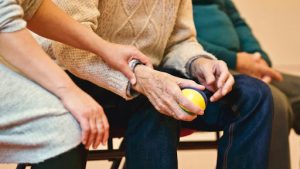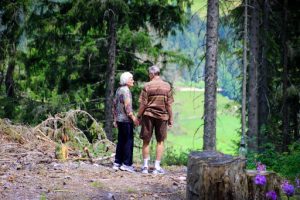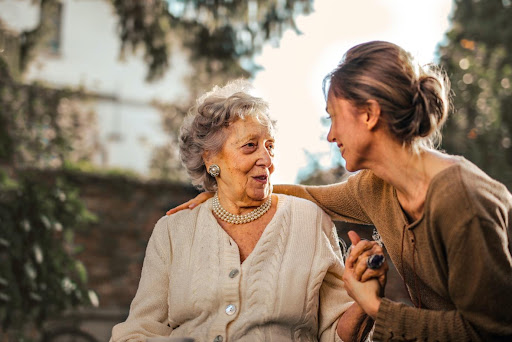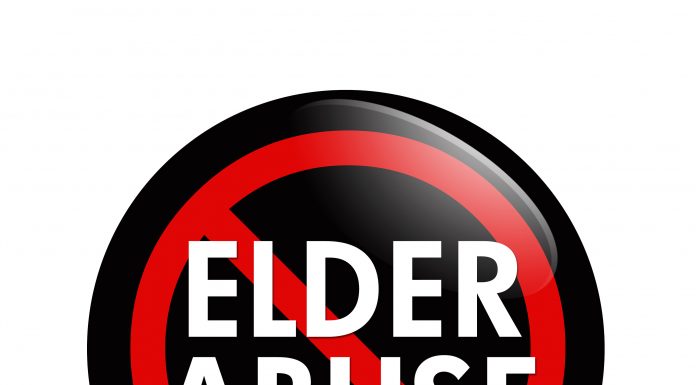Image Credit
In this article, we’ll be discussing eight different causes of back pain in elderly
people…
As you age, your spine goes through changes that make it more delicate and susceptible to pain. While back pain in the elderly tends to be a natural and an age-related occurrence, it could be the result of medical negligence. If it is due to the latter, it is important to seek advice on spinal cord injury claims to get the justice you or a loved one deserves.
From muscle strain to arthritis, below we’re going to give a run-through of the eight most common causes of back pain in the elderly…

1. Sciatica
Sciatica is a condition where pain travels along the sciatic nerve that branches from the lower back through the hips and down each leg. The discomfort and pain are typically felt in the lower back. However, people may experience leg weakness and bowel or bladder changes.
Other symptoms include numbness, a tingling sensation and weakness in the affected foot or leg. If you or someone you know is experiencing any of these symptoms, it is important to consult a healthcare practitioner.
2. Muscle Strain and Ligament Sprain
Sprains and strains are two of the most common reasons behind lower back pain. A strain occurs when a muscle is overstretched. A sprain can then occur when over-stretching leads to ligament tear. Some of the causes that may lead to sprains and strains are:
- Rapid and sudden movements can stress your back muscles
- Lifting heavy objects
- Ill posture
It is therefore advisable that elderly people do not perform intense physical activities. Additionally, they should seek help from a healthcare professional or caregiver if they’re experiencing muscle pain or strain.
3. Spinal Stenosis
Spinal stenosis is one of the biggest causes of back and neck pain in older adults. The health condition occurs when the space around the spinal cord narrows down, putting pressure on the cord and spinal nerves and ultimately causing pain and cramping.
The two major types of spinal stenosis are:
- Lumbar stenosis: where part of the spine in the lower back narrows down (this is the more common form of stenosis).
- Cervical stenosis: where part of the spine in the neck narrows down.
4. Degenerative Disc Disease
Degenerative disc disease is an age-related illness that over time causes the discs to wear down and lose hydration. The spine is therefore unable to resist forces that may lead to tears and cause back pain. If you or someone you know is suffering from degenerative disc disease, below are some self-care tips.
- Gentle stretches
- Have a balanced diet to reduce inflammation
- Practice a good sleep routine
- Visit a Chiropractor
- Maintain a good posture
5. Herniated Disc
A herniated disk is a condition that can occur anywhere along the spine, but most often occurs in the lower back. The condition occurs when a disc becomes displaced along your spine causing severe back pain. A herniated disc can be the result of ageing, exercising too hard or lifting heavy objects the wrong way.
To prevent a slipped disc, regular exercise, suitable footwear, and maintaining a healthy weight are all recommended.
6. Vertebral Compression Fracture
Vertebral compression fractures (VCF) happen when the vertebral body in the spine collapses. This can cause severe pain, deformity, and even loss of height.
The condition is fairly common in old age, however even more so in postmenopausal and older women. In the US, it is estimated 40% of women aged 80 and over has the condition.
7. Osteoarthritis
Osteoarthritis is a condition that causes the joints to become stiff due to “wear and tear”. In the UK, it is the most common type of arthritis. It is also one of the most frequent causes of neck and lower back pain. The condition occurs when cartilage fades away, causing the discs in your spine to lose their water content and become narrower. This ultimately adds more pressure to the joints which can lead to pain and inflammation.
Mild symptoms can be measured through simple measures, including:
- Regular exercise
- Wearing suitable footwear
- Maintaining a healthy weight
8. Rheumatoid Arthritis
Rheumatoid arthritis is a long-term condition that causes pain, inflammation, and stiffness in the joints. The condition tends to affect hands, wrists, and feet, but it can also affect the neck and spine.
Rheumatoid arthritis can be serious and life-changing, so it is important to consult a healthcare practitioner to suggest the best ways the progression of the condition can be identified. Symptoms of rheumatoid arthritis include:
- Stiffness, swelling or tenderness in the joints
- Pain, aching or a tingling sensation in the joints
- Weight loss
- Fatigue
- Weakness
Back Pain in the Elderly

Back pain in the elderly is extremely common and a lot of it tends to be natural and age-related. However, there are also small lifestyle changes individuals can make that can help prevent them from certain conditions. This can include having a balanced diet, maintaining a good posture, regular exercise and wearing suitable footwear.
There are also a number of things individuals can do to look after themselves if they do have a back condition. This can include, regular stretches and gentle exercise, getting a good amount of sleep and seeking help from a healthcare professional.
It’s important to contact a medical professional immediately if you or someone you know is experiencing back pain.
Please be advised that this article is for general informational purposes only, and should not be used as a substitute for advice from a trained medical professional. Be sure to consult a medical professional or healthcare provider if you’re seeking medical advice, diagnoses, or treatment. We are not liable for risks or issues associated with using or acting upon the information on this site.
























